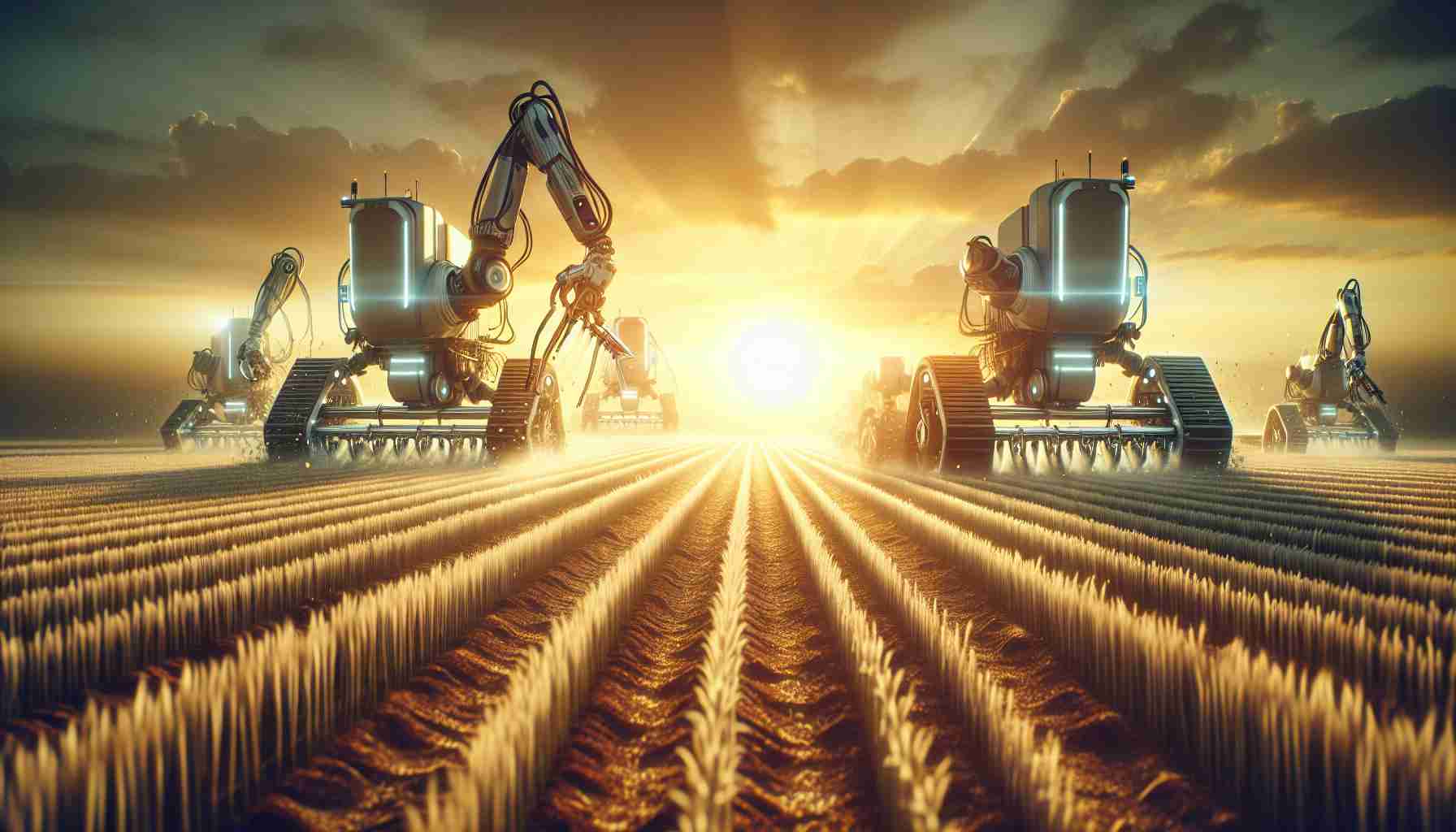The agricultural sector is undergoing a quiet but revolutionary transformation, with robots taking center stage in a bid to enhance productivity and sustainability. This futuristic development is not just a mere fantasy anymore; it is rapidly becoming a reality as robotic technology advances.
Agricultural Robotics: The New Future
The integration of robotics in farming presents a novel approach to addressing the challenges posed by population growth and climate change. These challenges necessitate increased food production while minimizing environmental impact. Robotics, with its precision and efficiency, offers solutions unattainable by traditional farming methods. Sophisticated robots are capable of performing a variety of tasks ranging from planting and harvesting to surveillance and crop monitoring. With their ability to work tirelessly around the clock, robots help in optimizing farm operations and reducing labor costs.
Emerging Technologies in Action
Robotic technology’s infiltration into agriculture is assisted by other emerging technologies like artificial intelligence, machine learning, and IoT devices. These technologies enable robots to adapt to different environments, learn from previous activities, and make informed decisions. For example, drones equipped with sensors and cameras provide real-time insights on crop health, soil conditions, and pest infestations, allowing farmers to make proactive decisions.
The Road Ahead
Despite the evident benefits, the adoption of robotics in agriculture is still at a nascent stage. Key challenges such as high initial investment costs and the need for skilled operators must be addressed. However, with ongoing research and innovation, the prospect of robots becoming an integral part of farming is bright, heralding a new era of agriculture where efficiency and sustainability coexist.
The Robotics Revolution: Transforming Agriculture for Tomorrow
Robots in Agriculture: A Game-Changer for Sustainable Farming
As the world grapples with the challenges of feeding an ever-growing population while confronting the adverse effects of climate change, the agricultural sector is witnessing a quiet transformation led by robotics. This cutting-edge technology is rapidly moving from the realm of futuristic fantasy into a viable solution to enhance productivity and sustainability in farming.
Key Features of Agricultural Robotics
Agricultural robots bring a suite of advanced features that revolutionize farming practices:
– Precision Agriculture: Robots equipped with GPS and precision sensors allow for meticulous monitoring and management of crops, leading to better yields with minimal resource wastage.
– Automated Harvesting: Machines designed for selective harvesting reduce damage to crops and optimize yield collection.
– Continuous Operation: Unlike human labor, robots can operate tirelessly around the clock, thus maximizing efficiency.
Pros and Cons of Implementing Robotics in Farming
The use of robots in agriculture presents various advantages and some challenges:
Pros:
– Increased Efficiency: Robots streamline farming operations, significantly reducing the time and labor needed for tasks.
– Environmental Benefits: With precision targeting, agricultural robots help reduce the use of pesticides and fertilizers, leading to a lower environmental footprint.
Cons:
– High Upfront Costs: The initial investment in robotics technology can be substantial, making it inaccessible for some small-scale farmers.
– Skill Requirement: Operating and maintaining robotic systems requires specialized knowledge, which may not be readily available in traditional farming communities.
Emerging Trends and Innovations
Several emerging trends and innovations are driving the next wave of agricultural robotics:
– AI and Machine Learning: Integrating AI and machine learning enables robots to make autonomous decisions based on real-time data analysis.
– IoT Integration: Internet of Things (IoT) devices allow for seamless connectivity between various robotic systems and farm management software, enhancing communication and data flow.
– Drone Technology: Drones play a crucial role in offering aerial perspectives for monitoring crop health and detecting issues such as pests or nutrient deficiencies.
Future Predictions and Insights
The future of farming with robotics looks promising as technological advancements continue to unfold:
– Increased Accessibility: As technology matures and costs decrease, more farmers, including those in developing regions, will be able to leverage robotics, leading to global agricultural improvements.
– Enhanced Customization: Future agricultural robots are expected to offer customizable solutions tailored to specific farming needs, be they crop type or environmental conditions.
Market Analysis
The adoption of robotics in agriculture is already influencing market dynamics:
– Investment Growth: Significant investment in agricultural technology startups indicates strong market confidence in robotics as a viable solution.
– Market Expansion: The demand for precision farming tools is anticipated to bolster the growth of the agricultural robotics market in the coming years.
As robots continue to enhance the agricultural landscape, the marriage of efficiency and sustainability in farming practices appears increasingly attainable. For more information on developments in agricultural technology, visit Robotics Business Review.








